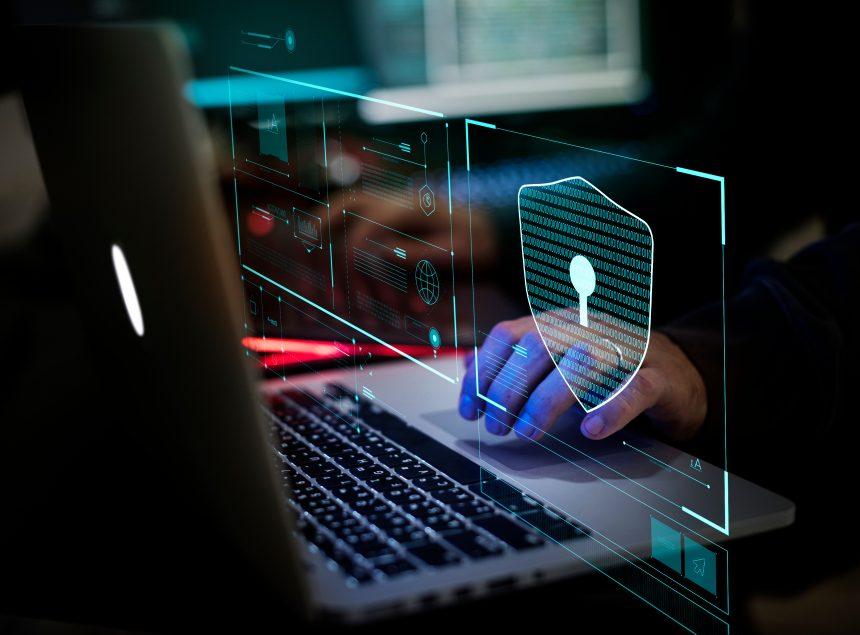In the ever-evolving landscape of cyber threats, the cybersecurity firm Mandiant has uncovered a financially motivated threat actor, UNC4990, employing sophisticated tactics to exploit USB devices and legitimate online platforms. This threat group has ingeniously integrated malicious LNK shortcut files within USB devices, initiating their campaign and showcasing a strategic shift by leveraging reputable platforms like GitHub, Vimeo, and Ars Technica.
Understanding UNC4990’s USB-Based Attacks
UNC4990’s modus operandi involves initiating their campaign through USB devices containing malicious LNK shortcut files. These files, when inadvertently executed by victims, trigger a PowerShell script named explorer.ps1. This script, in turn, downloads an intermediary payload known as ‘EMPTYSPACE.’
UNC4990 employs a variety of hosting methods for intermediary payloads, ranging from encoded text files on GitHub and GitLab to the exploitation of Vimeo and Ars Technica. Interestingly, the threat actors do not exploit vulnerabilities in these platforms but ingeniously use regular features, such as Ars Technica forum profiles and Vimeo video descriptions, to conceal Base64 encoded and AES-encrypted string payloads.
These seemingly innocuous payloads, embedded within legitimate content on trusted platforms, play a crucial role in the attack chain. By leveraging the reputation and trust associated with GitHub, Vimeo, and Ars Technica, UNC4990 manages to evade suspicion effectively, making it challenging for security systems to flag them as malicious.
UNC4990’s Attack Chain Unveiled
The progression of UNC4990’s attack chain unfolds with the deployment of ‘QUIETBOARD,’ a sophisticated backdoor armed with diverse capabilities. Once activated, QUIETBOARD establishes communication with the command and control (C2) server and executes commands. This multi-component backdoor goes beyond conventional functionalities, altering clipboard content for cryptocurrency theft, spreading malware through USB drives, capturing screenshots for information theft, and gathering detailed system and network information. Notably, QUIETBOARD demonstrates persistence across system reboots and supports the integration of new functionalities through additional modules.
USB-Based Malware: A Lingering Threat
Despite advancements in cybersecurity measures, USB-based malware continues to pose a significant threat, serving as an effective propagation medium for cybercriminals. UNC4990’s unique approach, leveraging seemingly innocuous platforms for intermediate payloads, challenges conventional security paradigms and underscores the necessity for continual vigilance.
Best Practices for Prevention
- Enhanced USB Security: Implement strict controls on USB device usage within organizational networks. Regularly scan and sanitize USB devices to mitigate the risk of malware spreading through these mediums.
- Platform-Agnostic Vigilance: Exercise caution when interacting with content on reputable platforms. Be wary of seemingly harmless files, especially in forums, video descriptions, or other user-generated content.
- Regular Security Audits: Conduct regular security audits to identify potential vulnerabilities in both USB security protocols and platform integrations.
- Employee Training and Awareness: Educate employees about the risks associated with USB devices and the importance of cautious online behavior.
- Advanced Threat Detection: Invest in advanced threat detection solutions capable of identifying suspicious patterns and behaviors associated with UNC4990-like threats.
In conclusion, UNC4990’s exploitation of USB devices and trusted platforms serves as a stark reminder of the evolving tactics employed by cyber threat actors. As organizations and individuals navigate this complex landscape, a multi-faceted approach to cybersecurity, encompassing both technological solutions and user awareness, becomes imperative. Stay vigilant, stay secure.





